By Manisha Sahu | America News World | October 18, 2025
U.S. President Donald Trump met with Ukrainian President Volodymyr Zelenskyy at the White House on Friday, marking their fourth meeting since the start of Russia’s full-scale invasion of Ukraine. The meeting came just a day after Trump’s phone call with Russian President Vladimir Putin — a development that added fresh intrigue to Washington’s ongoing diplomatic balancing act in the 20-month-long conflict.

While both leaders emphasized the importance of continued dialogue and de-escalation, Trump appeared to play down the possibility of providing Ukraine with the long-range Tomahawk missile system, a weapon Kyiv has been urgently requesting for months to counter Russian advances and strike deep behind enemy lines.
“We’re continuing to look at all options for peace and stability,” Trump told reporters after the meeting. “But our focus remains on a solution that brings this conflict to an end — not on escalation.”
Also read :-Trump grants auto relief, imposes new truck import tariffs
A Tense Meeting Amid Shifting Dynamics
Friday’s talks were held in the Oval Office and lasted for nearly 90 minutes, according to U.S. officials. Both Trump and Zelenskyy described the meeting as “constructive,” though it was clear that tensions lingered over U.S. military aid and Washington’s long-term commitment to Kyiv’s defense.
In his opening remarks, Zelenskyy thanked the United States for its “unwavering support” but made a pointed appeal for more advanced weapons.
“Our soldiers are fighting bravely, but without the ability to strike the sources of aggression, we cannot truly secure peace,” Zelenskyy said. “Ukraine does not seek to expand the war — only to defend its people and restore its borders.”
The Tomahawk missile, with a range of about 1,600 kilometers, would significantly extend Ukraine’s ability to hit Russian military assets deep inside occupied territory and even within Russia itself. By contrast, the ERAM system offers a range of 460 km, while the ATACMS missiles reach around 300 km — both currently in Ukraine’s arsenal.
However, U.S. officials have privately expressed concerns that providing Tomahawks could provoke a severe Russian response, potentially escalating the war into a broader confrontation between Moscow and NATO.
Also read:-Afghanistan cancels T20 series after Pakistan airstrike kills 3
Trump’s Call With Putin Raises Eyebrows
The meeting came less than 24 hours after Trump’s high-profile phone call with Russian President Vladimir Putin, which the White House described as a “frank and direct conversation about de-escalation and the prospects for peace.”
According to a readout provided by the White House, Trump urged Putin to “reduce hostilities and engage in constructive dialogue,” though no commitments were made. Kremlin sources, meanwhile, characterized the call as “productive,” noting that both sides agreed to “continue discussions at various levels.”
The timing of the Zelenskyy meeting immediately afterward fueled speculation that Washington might be recalibrating its approach toward the Ukraine conflict — potentially seeking a negotiated path rather than a purely military one.
“It’s clear Trump is trying to position the U.S. as a broker of peace rather than an arms supplier,” said Michael O’Hanlon, senior fellow at the Brookings Institution. “But that stance could frustrate Kyiv, which still faces daily attacks on its territory.”
The Tomahawk Question: A Red Line for Moscow
The Tomahawk missile issue has become a flashpoint in U.S.-Ukraine relations. Kyiv argues that the system is essential to counter Russia’s continued use of long-range bombers and missile launch sites located far from the front lines. Ukrainian defense officials say that without such capabilities, their forces are “fighting blindfolded.”
But for Moscow, the potential deployment of Tomahawks to Ukraine represents a red line. Russia’s Foreign Ministry warned earlier this month that such a move would be viewed as “a direct escalation and participation of the United States in the conflict.”
Trump, speaking briefly to reporters after his meeting with Zelenskyy, appeared to acknowledge those concerns.
“The Tomahawks are a very powerful weapon,” he said. “We have to think about the consequences — not just for today, but for the peace we want tomorrow.”
Inside the White House Talks
Officials familiar with the discussion said that Trump and Zelenskyy also reviewed the progress of U.S. economic aid, reconstruction assistance, and energy cooperation. Ukraine has faced mounting financial pressure amid the prolonged conflict, with millions displaced and infrastructure damage exceeding $400 billion, according to World Bank estimates.
Zelenskyy reportedly pressed for additional humanitarian and reconstruction funds, while also emphasizing Ukraine’s readiness to hold local elections in areas liberated from Russian occupation — a move he described as “a step toward normalcy.”
National Security Adviser Robert O’Brien, who attended the meeting, said afterward that the discussions were “candid and forward-looking.”
“President Trump reaffirmed America’s support for Ukraine’s sovereignty and independence,” O’Brien said. “At the same time, we are exploring all diplomatic avenues to end the suffering on both sides.”
Reactions From Kyiv and Moscow
In Kyiv, the meeting drew mixed reactions. Some Ukrainian lawmakers welcomed the renewed engagement and described Trump’s tone as “constructive but cautious.” Others expressed disappointment that the U.S. remained hesitant on advanced weapon transfers.
“We appreciate the dialogue, but Ukraine needs action — not just words,” said Oleksiy Honcharenko, a member of the Ukrainian Parliament. “Without long-range systems, we are fighting with one hand tied behind our back.”
Moscow’s reaction was more subdued. Kremlin spokesperson Dmitry Peskov said Russia “takes note of the U.S. president’s reasonable tone” but warned that “any step to arm Ukraine further would undermine peace efforts.”
Domestic and Global Implications
For Trump, the optics of hosting both conversations — with Putin and Zelenskyy in quick succession — fit into his broader campaign narrative of being a “deal maker” capable of bringing warring sides to the negotiating table. However, critics argue that the administration’s lack of clarity risks sending mixed signals to allies and adversaries alike.
“Trump wants to appear as a peacemaker, but withholding crucial weapons while calling for peace can be seen as weakness,” said Rachel Maddox, an analyst at the Atlantic Council. “It emboldens Moscow and frustrates Kyiv.”
European allies are closely watching Washington’s next steps. NATO Secretary-General Jens Stoltenberg reiterated that the alliance remains “united in supporting Ukraine’s defense” but added that decisions about specific weapons “remain up to individual member states.”
A Fragile Moment
As the war enters another winter, the stakes for Ukraine — and the West — are growing. Trump’s latest meeting with Zelenskyy highlights the delicate balance the U.S. must maintain between backing Ukraine’s fight for sovereignty and avoiding a direct confrontation with Russia.
For now, the fate of the Tomahawk deal remains uncertain. What is clear, however, is that the diplomatic chessboard is shifting once again — and both Kyiv and Moscow are watching Washington’s next move closely.
Discover more from AMERICA NEWS WORLD
Subscribe to get the latest posts sent to your email.
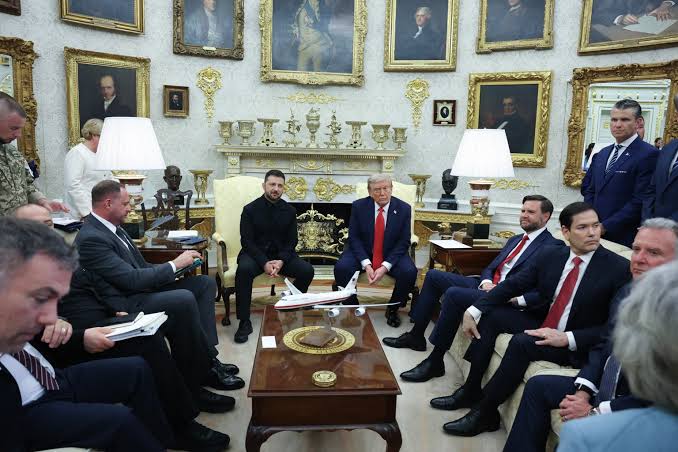



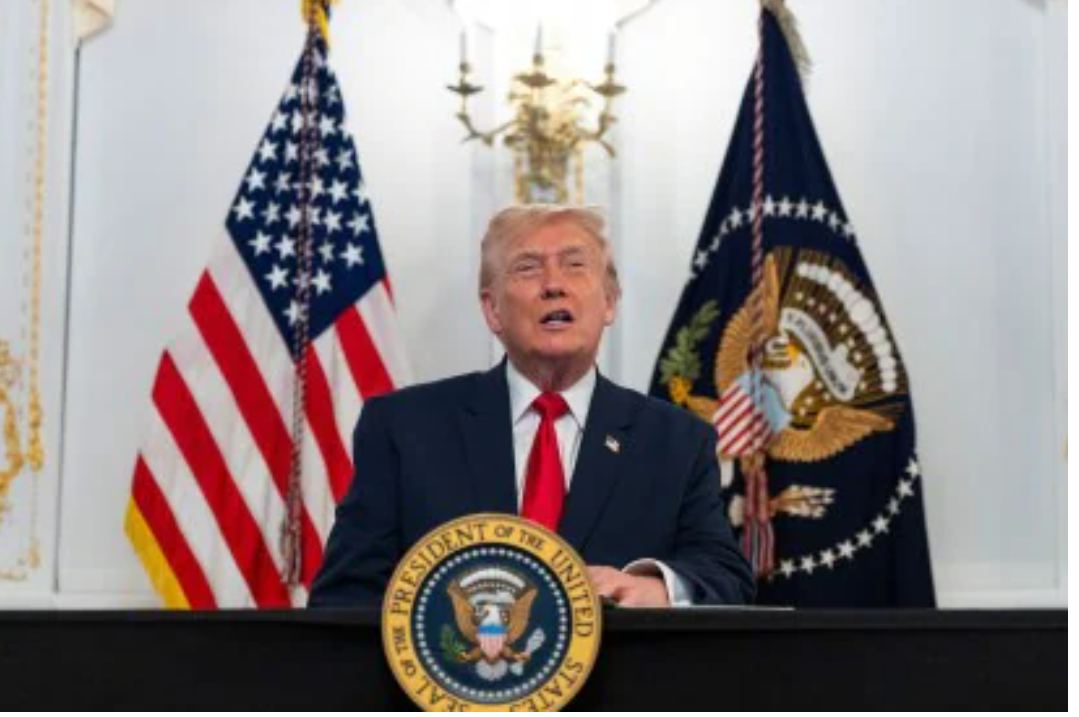
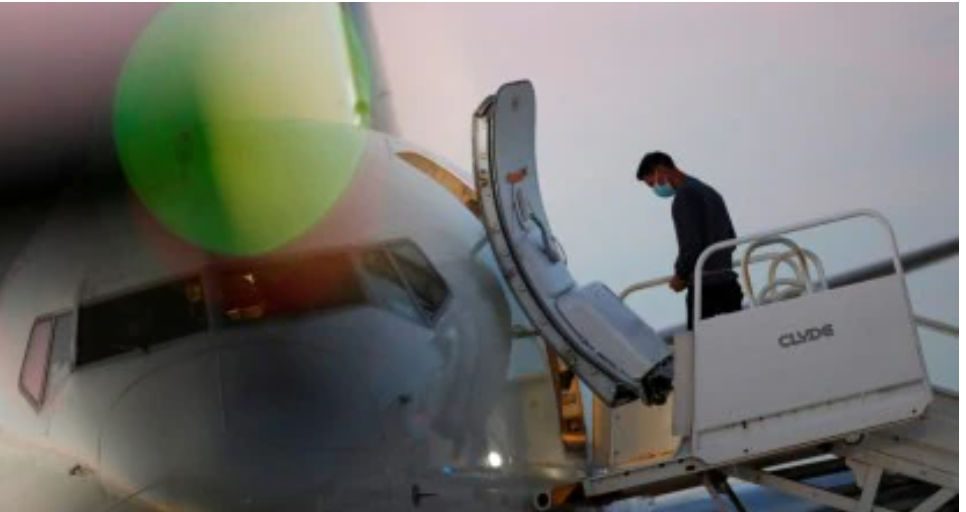



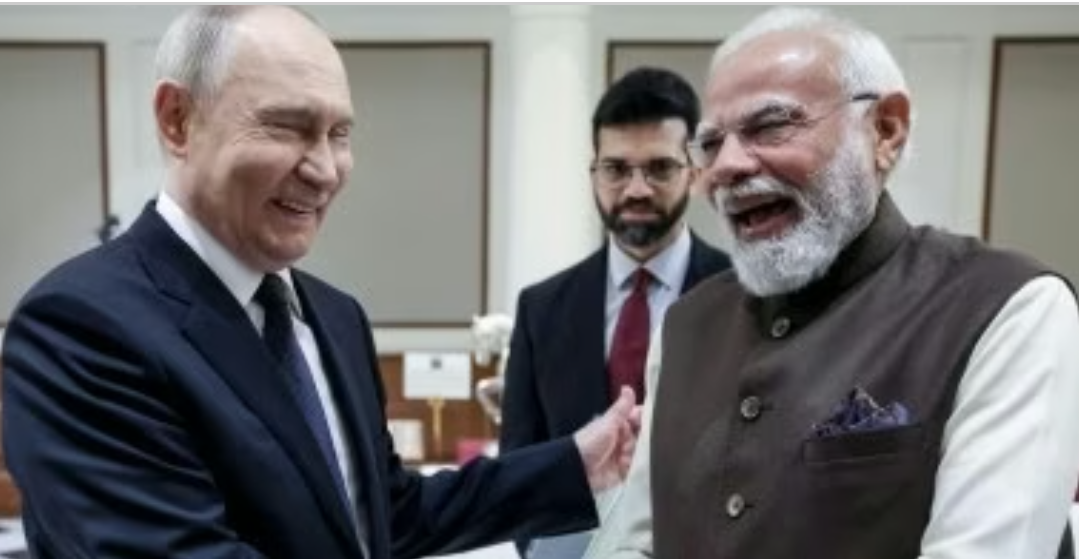
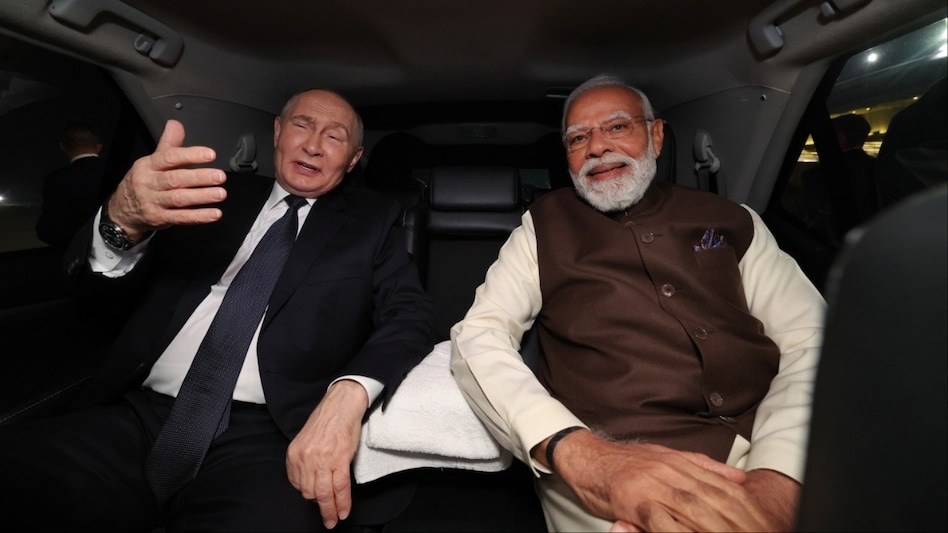
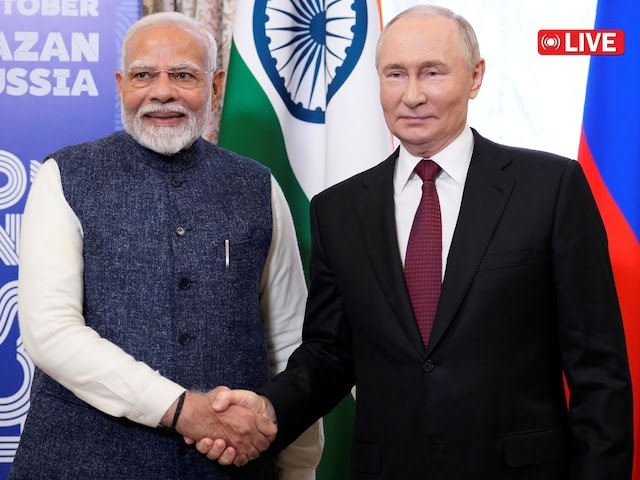
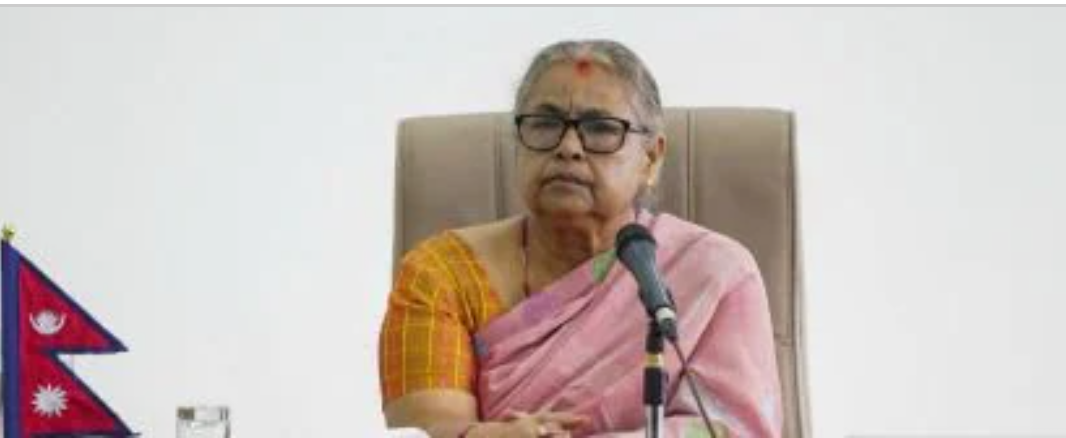
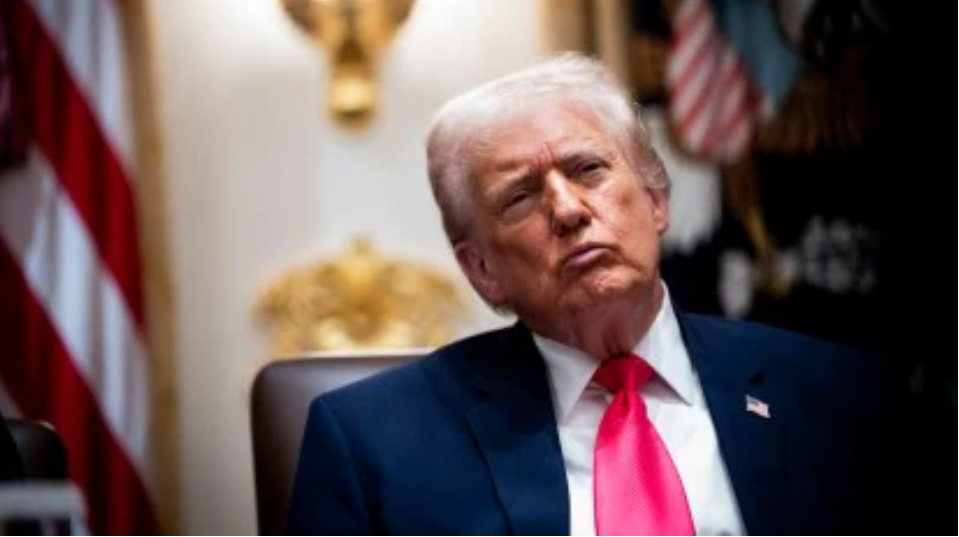
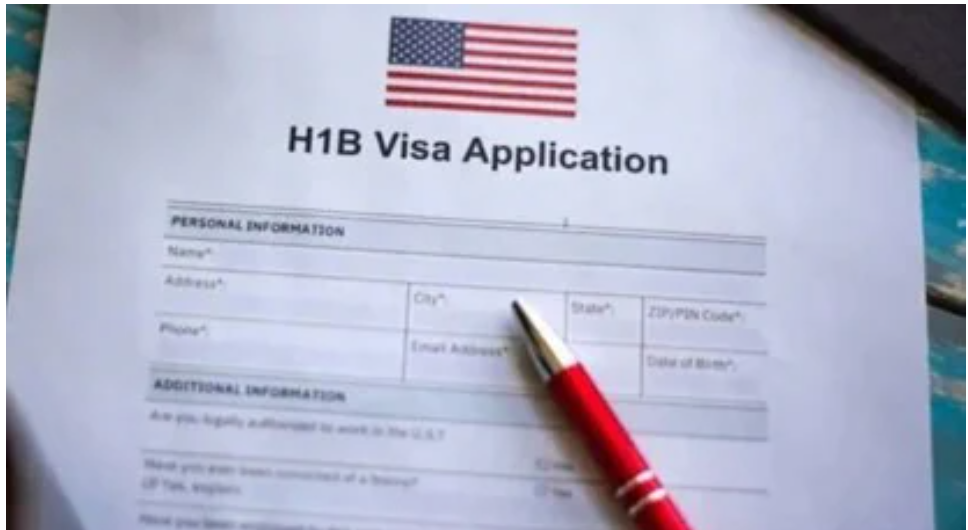
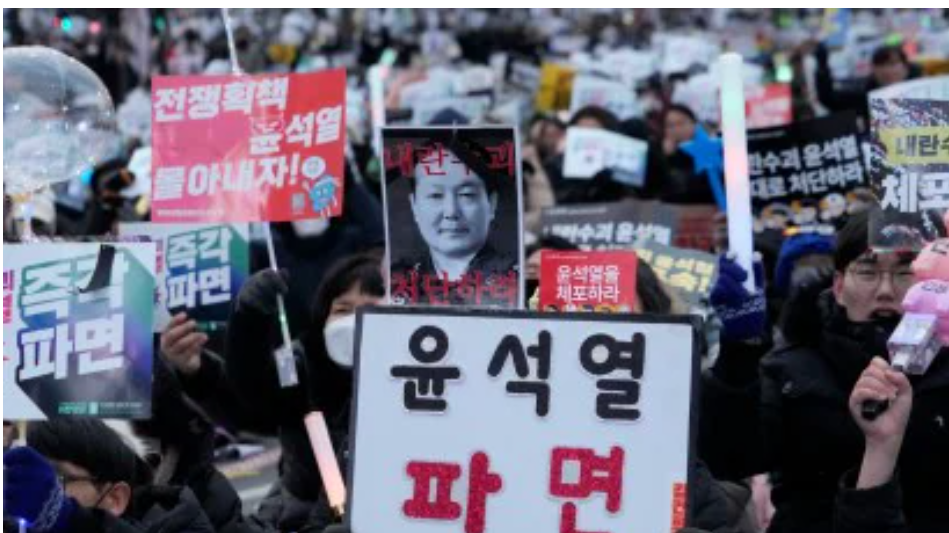


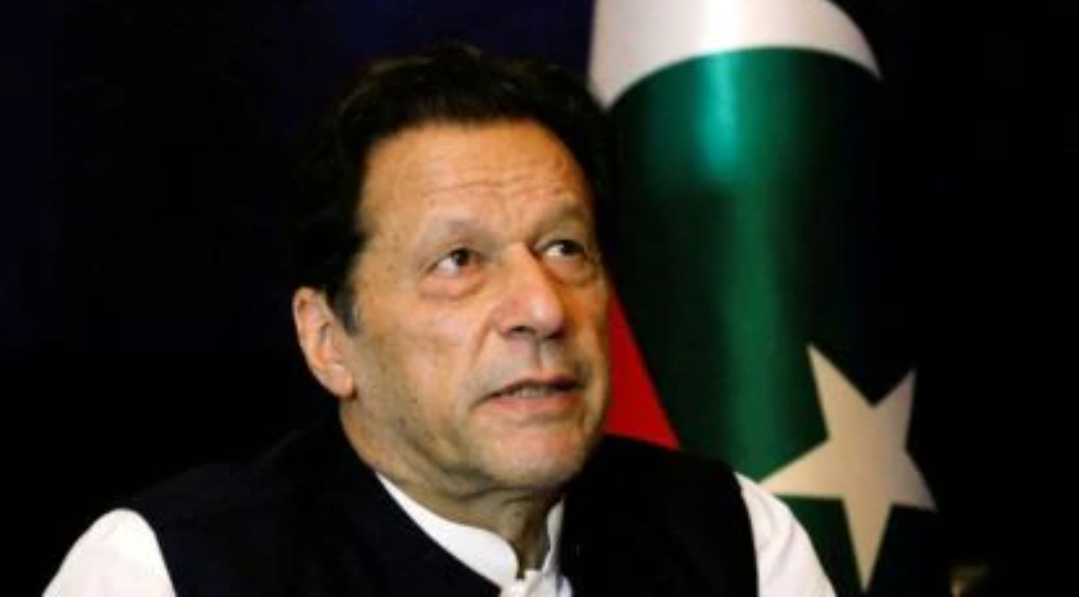




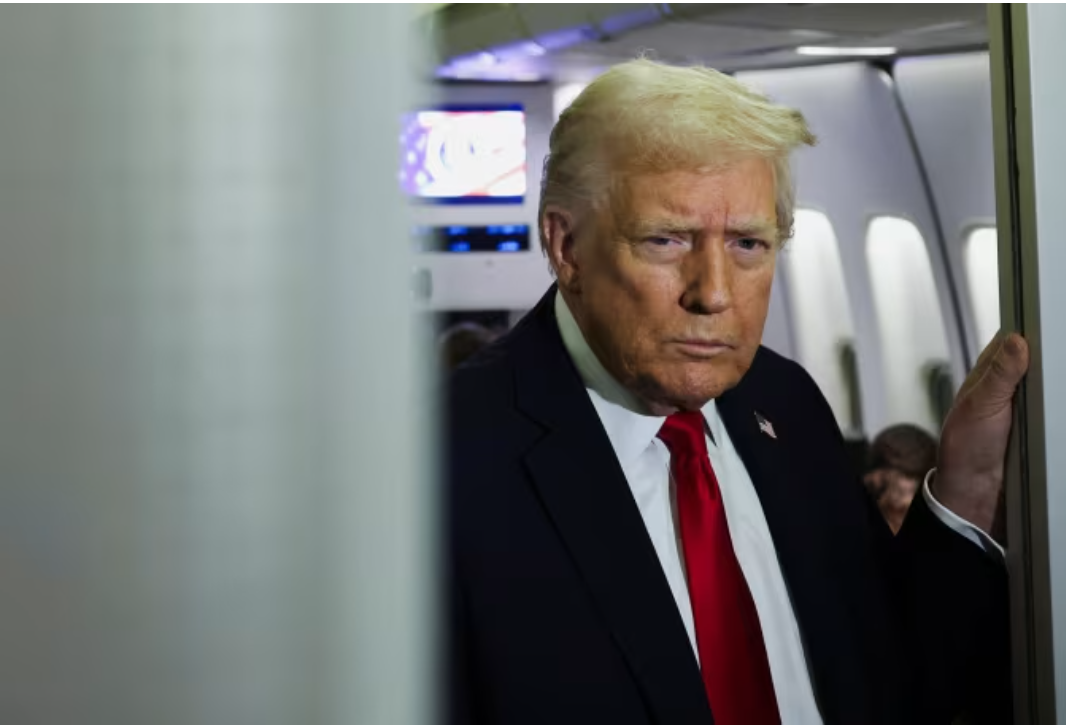

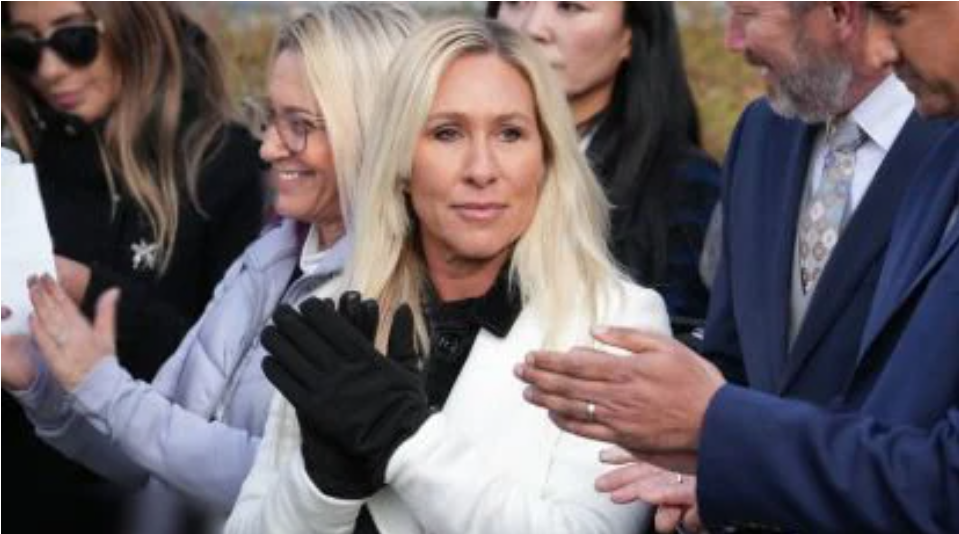





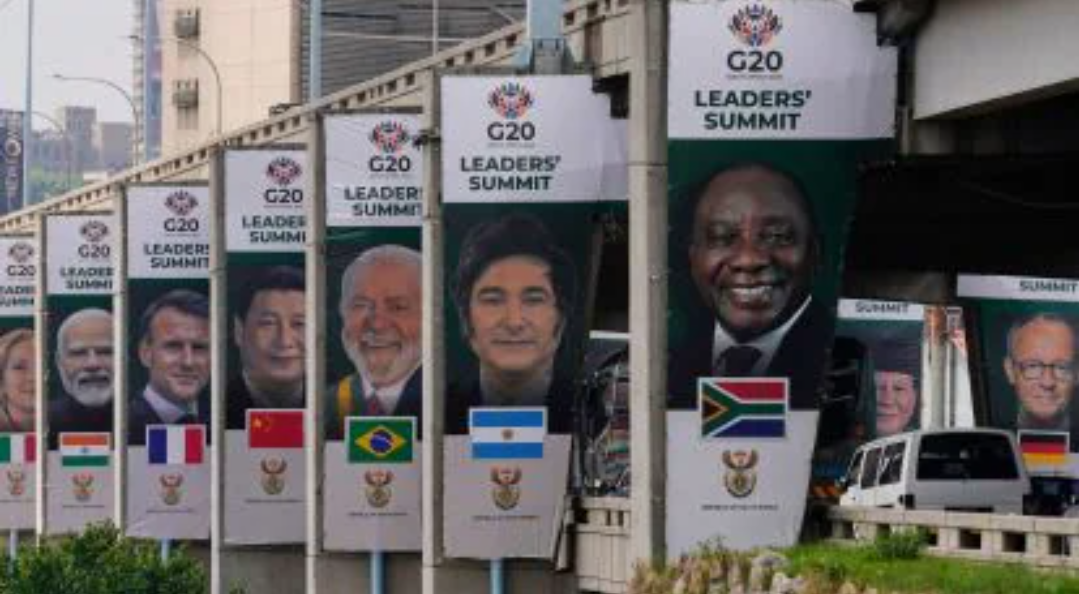
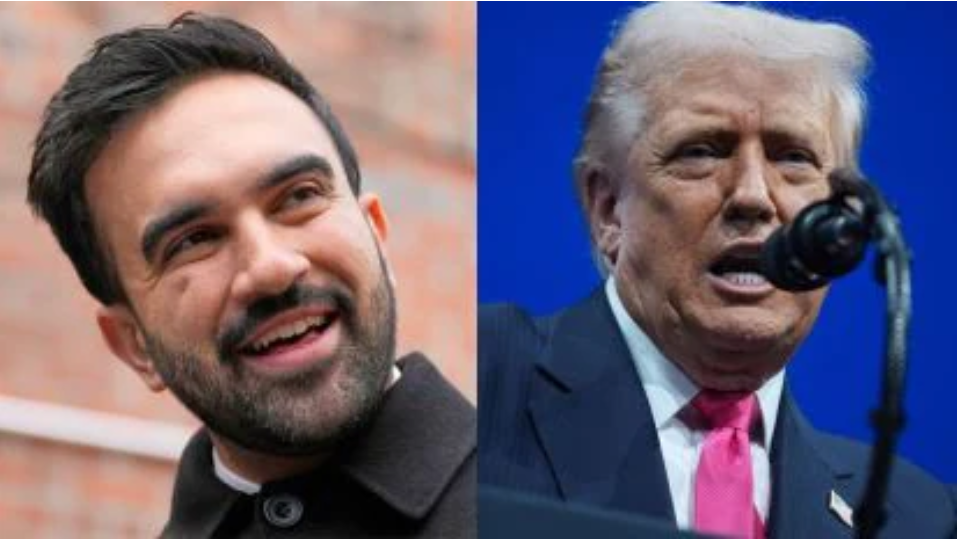







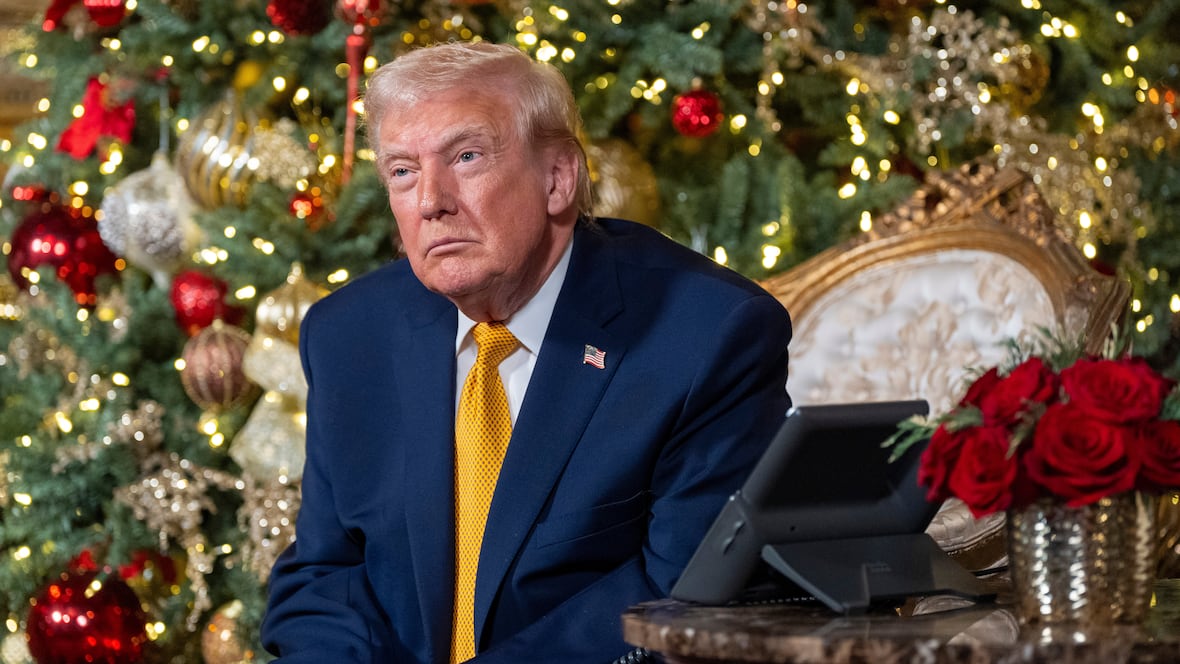

Leave a Reply